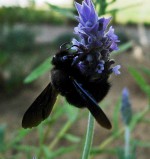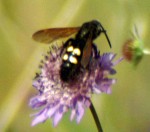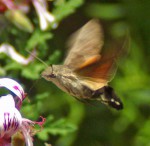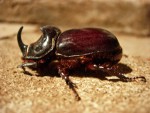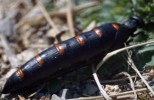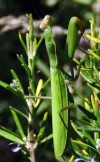COASTAL MARSHES & SALT PANS
The main marsh area in Cadíz Province is that of the river Guadalquivir, which rises in the Cazorla mountains in the east of Andalucía and reaches the Atlantic Ocean in the Gulf of Cádiz. These marshes are known as las Marismas del Guadalquivir and also take in the associated salt pan complex around Bonanza. Other Atlantic marshes of importance are those around Cádiz Bay and the Odiel Estuary; then there is a scattering of other less-important salt marshes all along the coast down as far as the Strait of Gibraltar.
ESTUARIES
Sotogrande – Guadiaro river estuary
Although it is the smallest of the natural areas of Cádiz province at a compact 27ha, the Guadiaro river estuary is nevertheless an important wetland site, since it is one of the few left on the Costa del Sol. It is also the only wetland site for 100km between the estuaries of the Guadalhorce river near Malaga and the Palmones river just north of Algeciras.
Located near the Strait of Gibraltar, the area attracts numerous migrant birds and is popular with smaller wintering birds like Bluethroats and Penduline tits, of which 150 pairs have been registered. In winter Jack Snipe have been a regular visitor. Flamingos, Spoonbills, Purple Herons and Ospreys have all been regular visitors here, as well as many gulls and waders, particularly in the winter months. It’s worth walking along the beach to spot seabirds offshor
FRESHWATER LAGOONS
There are several important lagoon complexes in the province: these are inland lagoons whose water varies in depth both seasonally and annually.
Sites include: Lagunas del Puerto de Santamaría; Laguna Puerto Real and Laguna Medina Sidonia.
LA JANDA
La Janda is a unique site that may be classed as both ‘seasonally wet’ and as open or agricultural land.The site of the old freshwater lagoon of La Janda, northwest of the Strait of Gibraltar, the area now consists of flat crop-growing land that regularly floods in the winter months, attracting large numbers of wading birds and remains an important stop-over area for passage birds.





